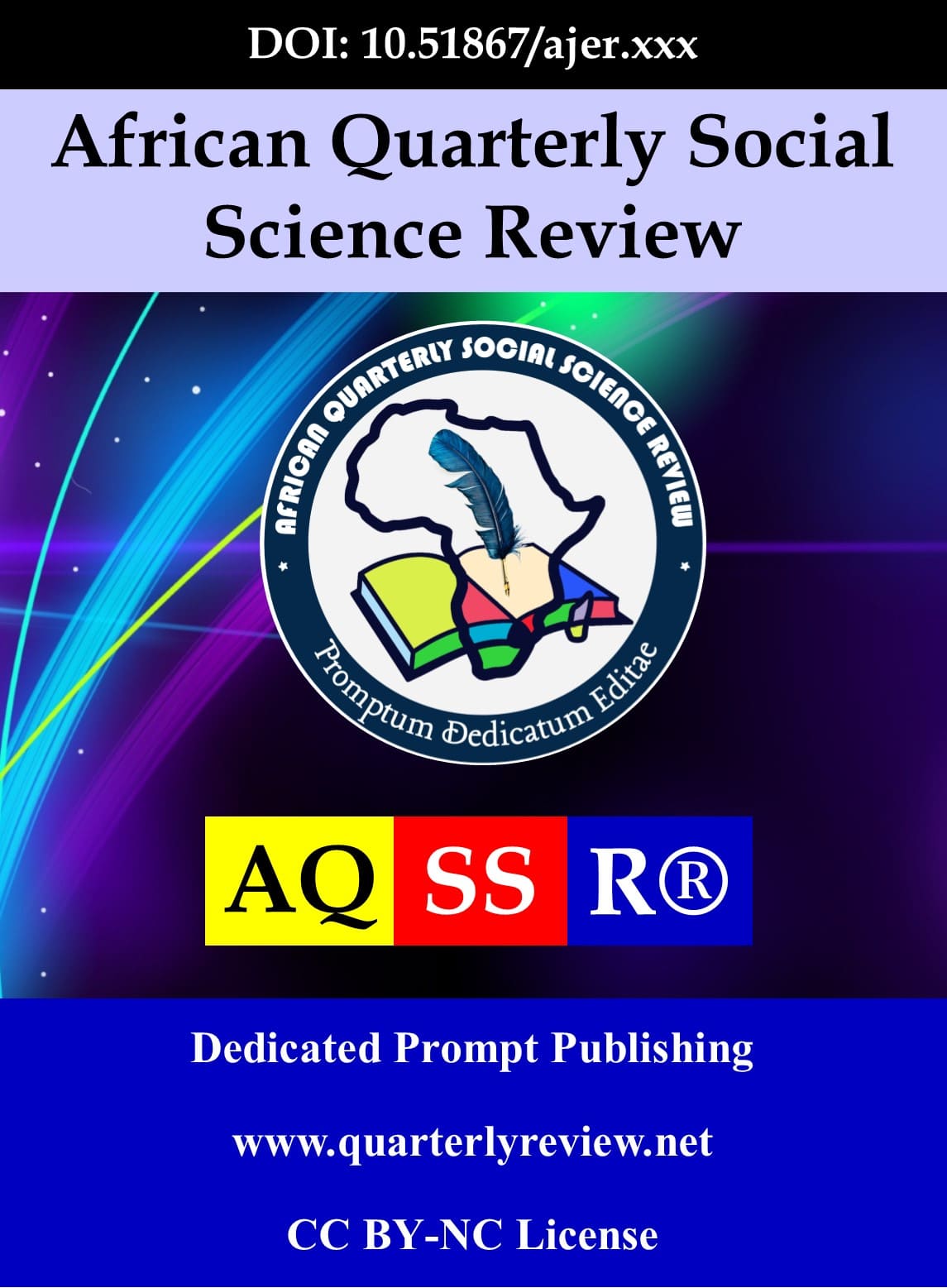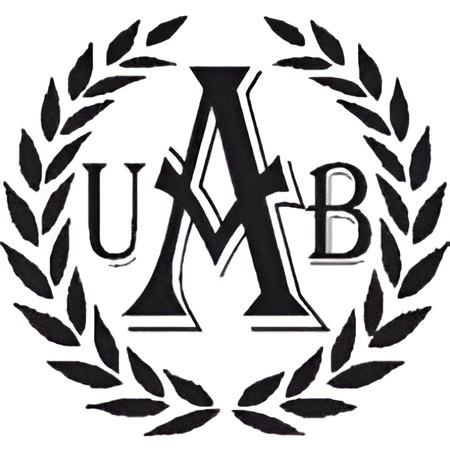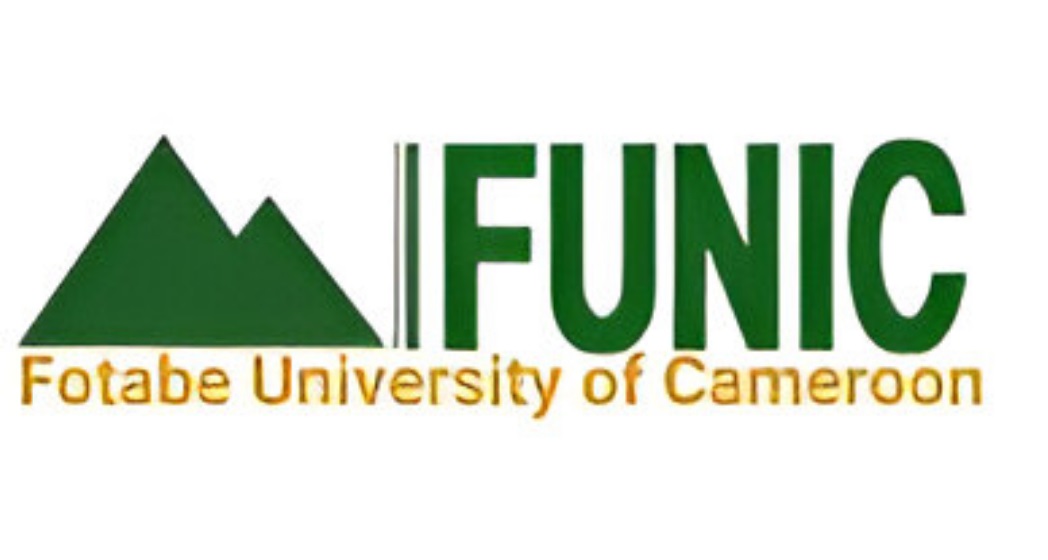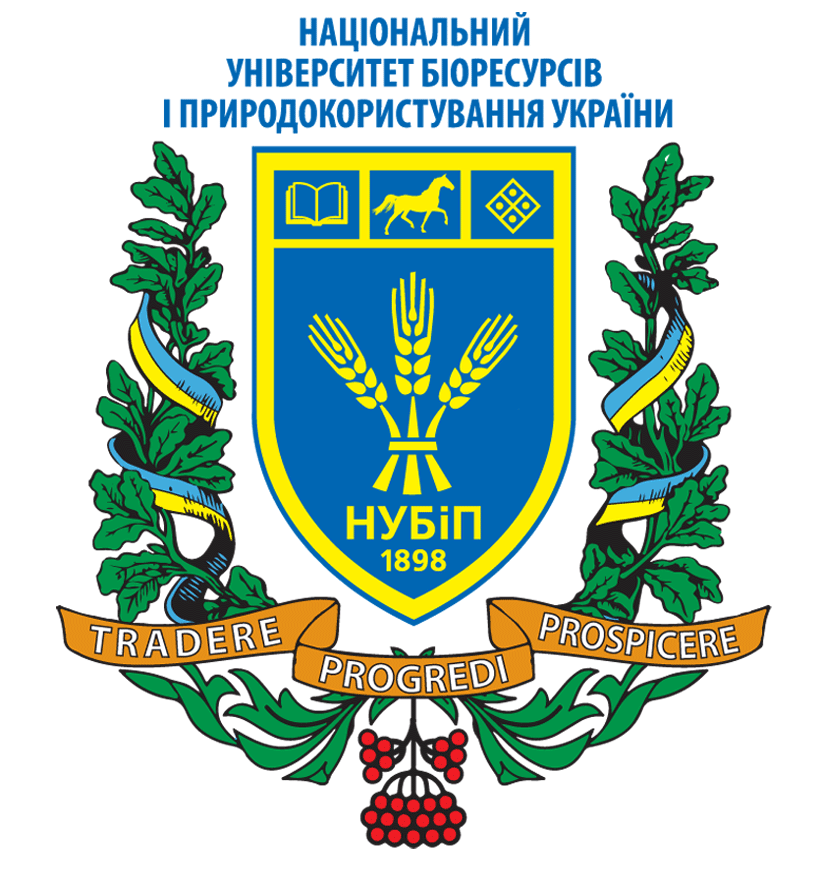Effect of employee capabilities on the supply chain performance of sugar manufacturing firms in the western region, Kenya
DOI:
https://doi.org/10.51867/AQSSR.2.4.4Keywords:
Employee Capabilities, Supply Chain Performance, Sugar Manufacturing Firms, Western Region, KenyaAbstract
Supply chain performance refers to the ability of an extended supply chain to meet end-customer demands through responsive inventory and capacity management, timely delivery, and product availability. This study sought to establish the influence of employee capabilities on supply chain performance. The study was anchored on the Resource-Based View Theory. A descriptive survey research design was employed, targeting four sugar manufacturing firms with a total population of 281 respondents. A sample size of 165 was selected using purposive and simple random sampling techniques. Data was collected using structured questionnaires. A pilot study conducted at Kibos Sugar Company in Kisumu County tested the reliability and validity of the research instruments. Reliability was confirmed with Cronbach’s alpha coefficients of 0.7 and above, while validity was ensured through expert reviews. Data analysis involved descriptive statistics (frequencies, percentages, means, and standard deviations) and inferential statistics, including linear regression. The findings revealed that employee capabilities (r = 0.664, R² = 0.441, p = 0.000) had significant positive effects on supply chain performance. The study recommends that sugar manufacturing firms invest in enhancing employee competencies, streamline production cycles, improve fleet management systems, and promote effective information sharing. Additionally, adopting democratic management styles that encourage employee participation and innovation is essential for optimizing supply chain performance.
References
Ambe, I. M. (2014). Key indicators for optimising supply chain performance: The case of light vehicle manufacturers in South Africa. Journal of Applied Business Research, 30, 1-277. https://doi.org/10.19030/jabr.v30i1.8301 DOI: https://doi.org/10.19030/jabr.v30i1.8301
Barney, J. B. (1991). Firm resources and sustained competitive advantage. Journal of Management, 17, 99-120. https://doi.org/10.1177/014920639101700108 DOI: https://doi.org/10.1177/014920639101700108
Barney, J. B. (2005). Expectations, luck, and business strategy. Knowledge Management: Critical Perspectives on Business and Management, 2(10), 219.
Barney, J. B., & Hesterly, W. S. (2019). Strategic management and competitive advantage: Concepts and cases (6th ed.). Pearson.
Basu, R. (2016). Human resources in supply chain management: A critical review. Journal of Business Research, 69(7), 2567-2575. https://doi.org/10.1016/j.jbusres.2016.01.021 DOI: https://doi.org/10.1016/j.jbusres.2016.01.021
Christopher, M. (2016). Logistics & supply chain management (5th ed.). Pearson.
Collis, D. J., & Montgomery, C. A. (2011). Competing on resources: Strategy in the 21st century. Harvard Business Press.
Conner, K. (1991). Historical comparison of resource-based theory and five schools of thought within industrial organization economics: Do we have a new theory of the firm? Journal of Management, 17(1), 121-154. https://doi.org/10.1177/014920639101700109 DOI: https://doi.org/10.1177/014920639101700109
Dametew, A. W. W., Ebinger, F., & Beshah, B. (2018). The roles of supply chain performance measurement on manufacturing firms. Global Journal of Technology & Optimization, 9, 222.
De Vries, L., Roodhooft, F., & Michiels, A. (2020). The role of human capital in supply chain performance. International Journal of Production Economics, 231, Article 107841. https://doi.org/10.1016/j.ijpe.2020.107841
Essex, A., Subramanian, N., & Gunasekaran, A. (2016). The relationship between supply chain manager capabilities and performance: Empirical evidence. Production Planning & Control, 27(3), 198-211. https://doi.org/10.1080/09537287.2015.1091519 DOI: https://doi.org/10.1080/09537287.2015.1091519
Fawcett, S. E., Ellram, L. M., & Ogden, J. A. (2014). Supply chain management: From vision to implementation. Pearson.
Fawcett, S. E., Fawcett, A. D., & Swanson, D. (2019). Collaborative capability and organizational performance: Assessing strategic choice and purity. International Journal of Production Economics, 214, 139-150. https://doi.org/10.1016/j.ijpe.2019.04.006 DOI: https://doi.org/10.1016/j.ijpe.2019.04.006
Flöthmann, C., Hoberg, K., & Gammelgaard, B. (2018). Disentangling supply chain management competencies and their impact on performance: A knowledge-based view. International Journal of Physical Distribution & Logistics Management, 48(6), 630-655.
https://doi.org/10.1108/IJPDLM-02-2017-0120 DOI: https://doi.org/10.1108/IJPDLM-02-2017-0120
Grant, R. M. (2016). Contemporary strategy analysis (9th ed.). Wiley.
Huo, B. (2012). The impact of human resource management practices on supply chain integration. International Journal of Production Economics, 138(1), 67-77. https://doi.org/10.1016/j.ijpe.2012.04.007 DOI: https://doi.org/10.1016/j.ijpe.2012.04.007
Kenya National Bureau of Statistics. (2020). Economic survey 2020. KNBS.
Krajcsák, Z. (2020). The interdependence between the extended organizational commitment model and the self-determination theory. Journal of Advances in Management Research, 17(1), 1-18. https://doi.org/10.1108/JAMR-02-2019-0030 DOI: https://doi.org/10.1108/JAMR-02-2019-0030
Leuschner, R., Hamilton, A., & McCarter, M. W. (2013). Human resource management in supply chain management: A global perspective. Springer.
Melnyk, S. A. (2021). Operations management: A supply chain approach (2nd ed.). McGraw-Hill.
Mencl, J., Wefald, A. J., & Van Ittersum, K. W. (2016). Transformational leader: Interpersonal skills, engagement, and well-being. Leadership & Organization Development Journal, 37(5), 635-657. https://doi.org/10.1108/LODJ-09-2014-0178 DOI: https://doi.org/10.1108/LODJ-09-2014-0178
Mugenda, O. M., & Mugenda, A. G. (2003). Research methods: Quantitative and qualitative approaches. ACT.
Mutua, M. M. (2019). The role of employee capabilities in enhancing supply chain efficiency in manufacturing firms in Kenya. Journal of Supply Chain Management, 45(2), 118-130. https://doi.org/10.1108/JSCM-03-2019-0145
Mwangi, L. (2019). The role of supply chain management in improving the competitiveness of the sugar industry in Kenya. International Journal of Business and Management, 14(10), 45-56. https://doi.org/10.5539/ijbm.v14n10p45
Nimmy, J. S., Chilkapure, A., & Pillai, V. M. (2019). Literature review on supply chain collaboration: Comparison of various collaborative techniques. Journal of Advances in Management Research, 16(4), 537-562. https://doi.org/10.1108/JAMR-10-2018-0087 DOI: https://doi.org/10.1108/JAMR-10-2018-0087
Njeru, A. (2021). Challenges facing sugar manufacturing firms in Kenya: A case study of Western Kenya. University of Nairobi Press.
Onyando. (2018). The relationship between dynamic capacities and firm performance of manufacturing enterprises in Nairobi County. Journal of Purchasing & Supply Management, 15, 121-142.
Owino, A. J. (2021). Challenges and opportunities in the sugar industry in Kenya. Kenya Sugar Industry Report.
Paulraj, A., Chen, I. J., & Flynn, J. (2017). Levels of strategic purchasing: Impact on supply integration and performance. Journal of Purchasing & Supply Management, 12, 107-122. https://doi.org/10.1016/j.pursup.2006.08.002 DOI: https://doi.org/10.1016/j.pursup.2006.08.002
Phan, X., Ngo, H., Nguyen, T., Pham, D., Truong, N., Pham, N., & Do, T. (2022). The effects of dynamic employee capabilities, fintech and innovative work behavior on employee and supply chain performance: Evidence from Vietnamese financial industry. Uncertain Supply Chain Management, 10(4), 1305-1314. https://doi.org/10.5267/j.uscm.2022.7.009 DOI: https://doi.org/10.5267/j.uscm.2022.7.009
Scheibe, K. P., & Blackhurst, J. (2018). Supply chain disruption propagation: A systemic risk and normal accident theory perspective. International Journal of Production Research, 56(1-2), 43-59. https://doi.org/10.1080/00207543.2017.1355123 DOI: https://doi.org/10.1080/00207543.2017.1355123
Wagner, C., Sancho-Esper, F., & Rodriguez-Sanchez, C. (2020). Skill and knowledge requirements of entry-level logistics and supply chain management professionals: A comparative study of Ireland and Spain. The Journal of Education for Business, 95(1), 23-36.
https://doi.org/10.1080/08832323.2019.1596870 DOI: https://doi.org/10.1080/08832323.2019.1596870
Wernerfelt, B. (2014). On the role of the RBV in marketing. Journal of the Academy of Marketing Science, 42(1), 22-23. https://doi.org/10.1007/s11747-013-0335-8 DOI: https://doi.org/10.1007/s11747-013-0335-8
Williams, Z., Garver, M. S., & Richey, R. G. (2019). Security capability and logistics service provider selection: An adaptive choice study. International Journal of Physical Distribution & Logistics Management, 49(4), 330-355. https://doi.org/10.1108/IJPDLM-04-2018-0173 DOI: https://doi.org/10.1108/IJPDLM-04-2018-0173
Wisedsin, T., Jermsittiparsert, K., Thitrat, P., & Aunyawong, W. (2020). Role of advanced manufacturing technology, human capital and employee empowerment to enhance manufacturing industry supply chain performance. International Journal of Supply Chain Management, 9(2), 411-418.
World Bank. (2016). World development report 2016: Digital dividends. World Bank Publications.
Wu, L., Chaung, C. H., & Hsu, C. H. (2015). Information sharing and collaborative behaviours in enabling supply chain performance: A social exchange perspective. International Journal of Production Economics, 148, 122-132. https://doi.org/10.1016/j.ijpe.2013.09.016 DOI: https://doi.org/10.1016/j.ijpe.2013.09.016
Zaman, U., Jabbar, Z., Nawaz, S., & Abbas, M. (2019). Understanding the soft side of software projects: An empirical study on the interactive effects of social skills and political skills on complexity-performance relationship. International Journal of Project Management, 37(3), 444-460.
https://doi.org/10.1016/j.ijproman.2019.01.015 DOI: https://doi.org/10.1016/j.ijproman.2019.01.015
Downloads
Published
Issue
Section
License
Copyright (c) 2025 African Quarterly Social Science Review

This work is licensed under a Creative Commons Attribution-NonCommercial 4.0 International License.





















